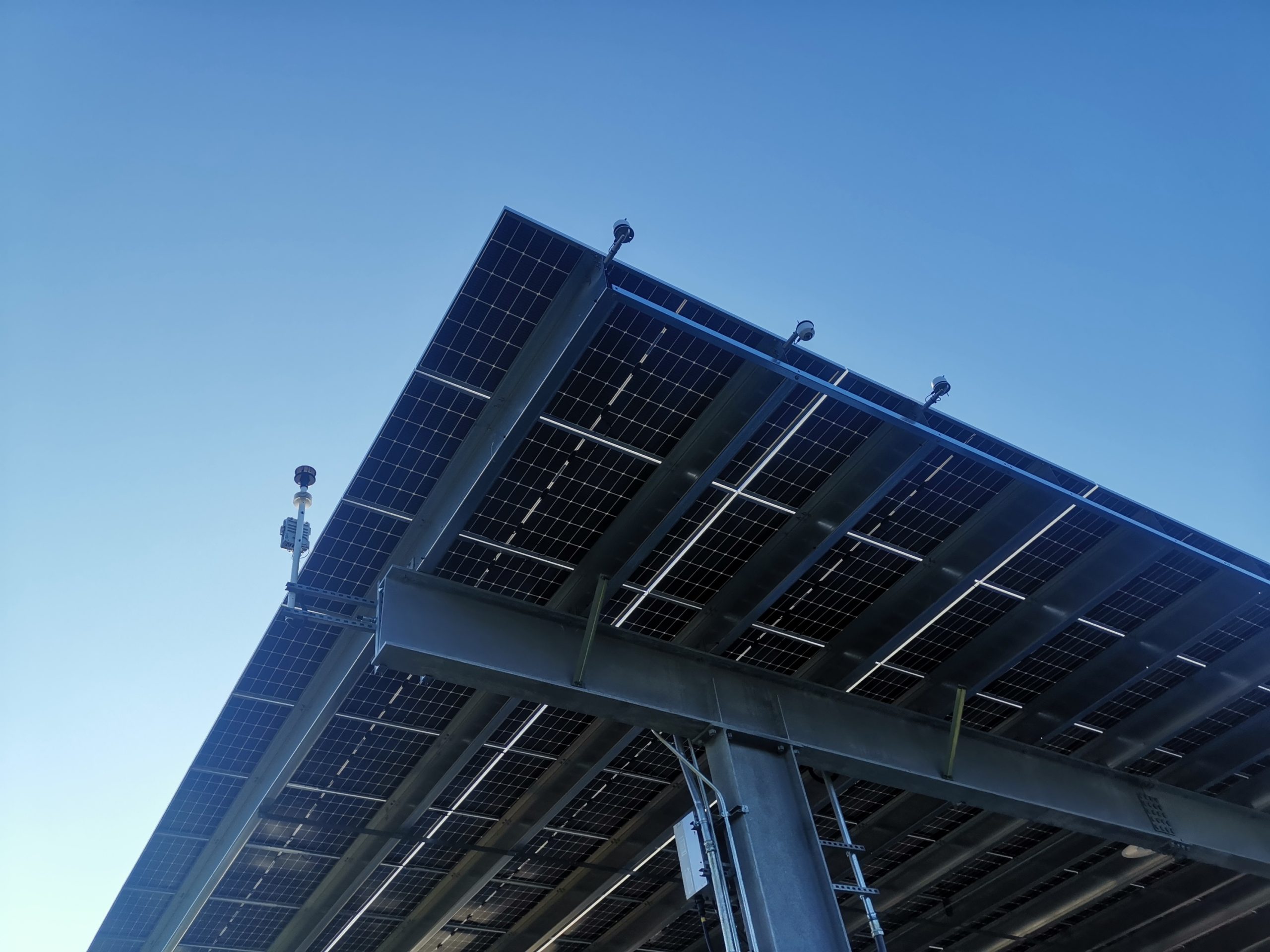The solar industry, after a decade of rapid growth, is transitioning to a slower expansion phase, with a greater focus on operational efficiency and performance. As demand stabilises, industry experts recommend optimising existing installations through precise weather and environmental monitoring. Critical factors such as solar irradiance, temperature, wind, and humidity significantly impact solar photovoltaic (PV) system output and longevity. Advanced monitoring tools, like onsite weather stations, provide crucial data for informed decision-making, maintenance scheduling, and predictive analysis. These insights help improve system efficiency, enhance profitability, and support long-term sustainability as the solar industry matures.
The solar industry has experienced significant growth over the past decade, driven by technological advancements, supportive policies, and increasing demand for renewable energy sources. Due to the prior rapid expansion in solar adoption, the industry is exhibiting typical signs of maturation. Current reports indicate that a deceleration in growth is both inevitable and already underway.
As the industry enters a new phase of slower growth, the emphasis shifts from rapid adoption and expansion to maximising operational efficiency and performance of existing installations. From initial design to final implementation, engineers, operations managers, and stakeholders must recognise the critical role that environmental and weather condition monitoring plays in optimising the performance of photovoltaic systems.
By understanding and closely monitoring how variables such as solar irradiance, temperature, and wind impact PV output, companies can improve efficiency, extend system lifespans, and enhance return on investment. The need for precise weather monitoring from the initial site assessment to ongoing operations and maintenance, offers insights into how advanced monitoring technologies can keep solar assets profitable in a competitive market.



























